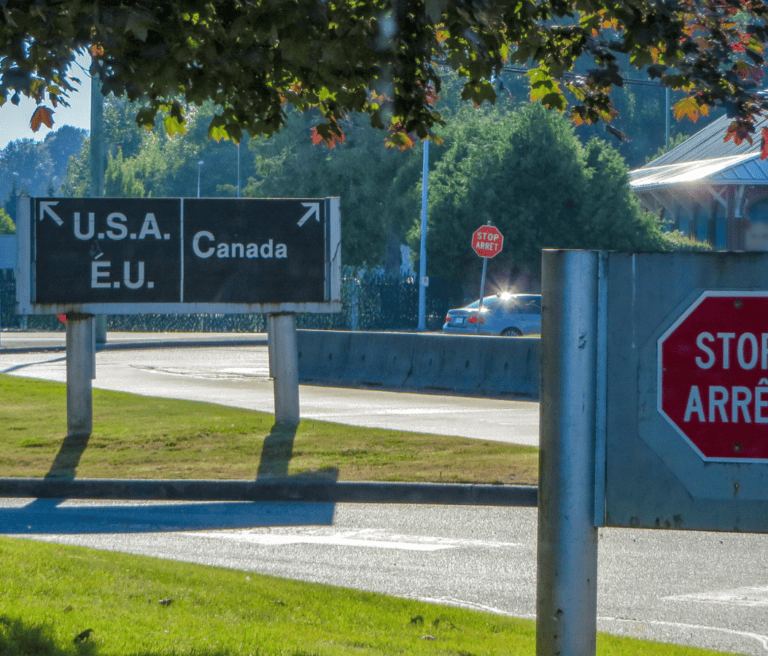Canada is ending the “flagpoling” practice for post-graduation work permits (PGWP) at the borders, now requiring applications to be submitted online only. This decision marks the culmination of measures implemented throughout 2024 to address immigration challenges and optimize border resources.
But what exactly is “flagpoling”?
Flagpoling involves leaving and then re-entering Canada to change one’s immigration status. Although this practice bypasses the usual procedures for status changes, it remains legal and is often used to avoid the frequently long delays of regular processes.
In other words, when you want to validate your new status (as a worker, for example), you are required to leave Canadian territory and then re-enter to activate this new status.
Complete Ban on Flagpoling for PGWPs
On June 21, 2024, Canada implemented a complete ban on PGWP applications at the border. This decision aims to encourage applicants to use online services, reduce border congestion, and allow border officers to focus on critical security and trade facilitation tasks. From March 2023 to February 2024, approximately one-fifth of foreigners attempting a round trip at the border were PGWP applicants.
Impact on Immigrants
This new policy has a significant impact on international graduates eligible for a PGWP. Online-only applications may result in longer processing times. Graduates must plan ahead and submit their application before their study permit expires to maintain their legal status.
Other measures have also been taken to reduce border trips and improve the situation for applicants with implied status, including:
- In most cases, a study permit expires 90 days after the scheduled end of an international student’s study program. When an eligible graduate submits an online PGWP application before their study permit expires, they can work full-time while waiting for their work permit approval (they receive an automated authorization letter which can be presented to employers). Once the work permit is approved, it is sent directly to the applicant by mail.
- The simplification of forms and online application processes to allow foreigners to continue working while waiting for a decision on their new application.
- Authorization for workers to start working for a new employer immediately, pending their new work permit.
References:
https://admis.ca/blog/canada-in-5-pgwp-flagpoling-ends-at-borders






